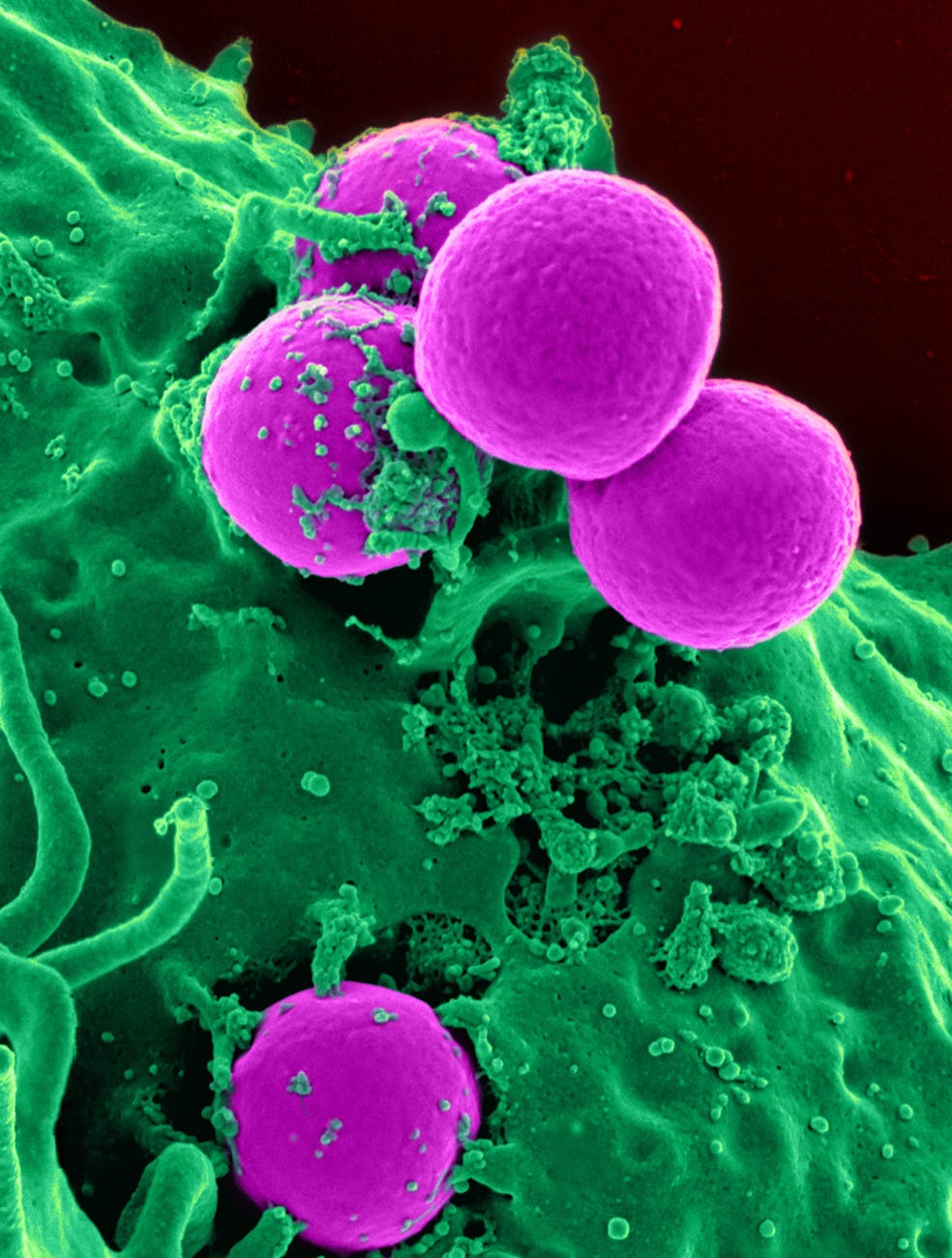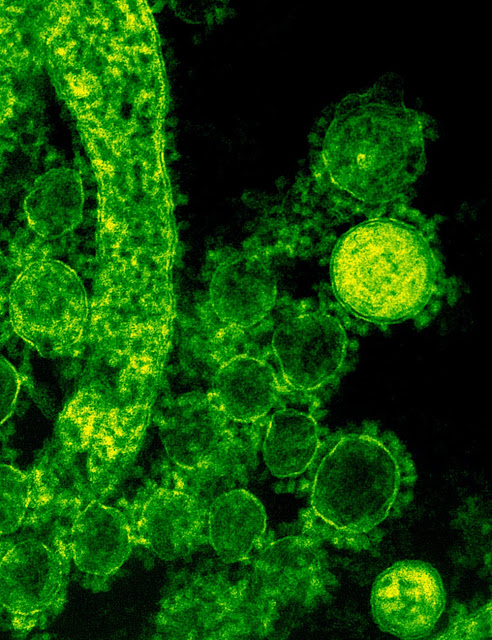entamoeba histolytica treatment
Distribution :
•E. histolytica is worldwide in prevalence.
• It has been found any place disinfection is poor, in all climatic zones.
• Infective structure: develop quadrinucleate pimple passed in dung of convalescents and transporters.
• It has been reported that about 10% of world population and 50% of the inhabitants of developing countries may be infected with the parasite.
Morphology :
E. histolytica occurs in 3 forms: trophozoite, precyst, and cyst.
Life Cycle :
E. histolytica passes its life cycle in 1 host, man.
The cysts can remain viable under moist conditions for about 10 days. Trophozoite is not infective.
• Mode of transmission: man procures disease by gulping food and water debased with growths.
Pathogenesis and Clinical Features:
E . histolytica causes intestinal and extraintestinal amoebiasis.
A. Intestinal Amoebiasis
• The typical manifestation of intestinal amoebiasis is amoebic dysentery. This may resemble bacillary dysentery, but can be differentiated on clinical and laboratory grounds.
• In fulminant colitis, there is confluent ulceration (flask shaped ulcers) and necrosis of colon. The patient is febrile and toxic.
• Quite frequently, there might be just the runs or ambiguous stomach side effects famously called 'awkward tummy' or 'snarling midsection.
B. Extra-intestinalAmoebiasis o Hepatic Amoebiasis :
• The most common extra-intestinal complication of amoebiasis.
1. Acute amoebic hepatitis. 2. Liver abscesses. • The abscess contains thick brown pus (anchovy sauce pus).
• Jaundice develops only when lesions are multiple or when they press on the biliary tract.
• Untreated abscesses tend to rupture into the adjacent tissues.
o Pulmonary Amoebiasis :
• The lower some portion of the correct lung is the standard territory influenced.
• Hepatobronchialfistula usually results with expectoration of chocolate brown sputum. The patient presents with severe pleuritic chest pain, dyspnea, and cough. o Metastatic Amoebiasis : • Involvement of distant organs by hematogenous spread and through lymphatics. • Spread to brain causes severe destruction of brain tissue and is fatal (secondary amoebic meningoencephalitis).
o Cutaneous Amoebiasis :
• Due to fistula formation (intestine, liver, perianal). • Lesions resemble epithelioma.
o Genitourinary Amoebiasis :
• In female, vulva, vagina or cervix may be affected by spread from perineum or fistula formation.
o Laboratory Diagnosis
A. Diagnosis of Intestinal Amoebiasis
1 . Stool examination • Saline preparation • Stained preparation
2 . Mucosal Scrapings
obtained by sigmoidoscopy. Examination method includes a direct wet mount, iron hemotoxylin and immunofluroscent staining.
3 . Serodiagnosis Serological tests transform into positive only in invasive amoebiasis..
Various serological tests done include: IHA, Latex agglutination test, ELISA. 4 . ELISAs to detect Entamoeba antigens in stool are of greater sensitivity over microscopy. 5 . Molecular Method : DNA probes and PCR have been used to demonstrate parasitic genome in the stool specimen.
B . Diagnosis of Extra - intestinal Amoebiasis
1 . Microscopy : microscopic examination of pus aspirated from liver or lung abscesses and CSF may demonstrate trophozoite of E . histolytica . Cysts are never seen in extraintestinal lesions. 2 . Liver biopsy : trophozoite of E . histolytica may be demonstrated in liver biopsy specimen, in case of amoebic hepatitis. 3 . Serological test . 4 . Radiological examination The diagnosis of amoebic liver abscess is based on the detection (generally by USG or CT) of one or more space occupying lesions in the liver and a positive serologic test for antibodies against E . histolytica antigens.
o Treatment Three classes of drug are used in the treatment of amoebiasis.
• Luminal amoebicides: Diloxanide furoate, iodoquinol, paromomycin, and tetracycline operation in the intestinal lumen but not in tissues.
• Tissue amoebicides: Emetine, chloroquine, etc. are effective in systemic infection, but less effective in the intestine.
liver abscess.




Post a Comment